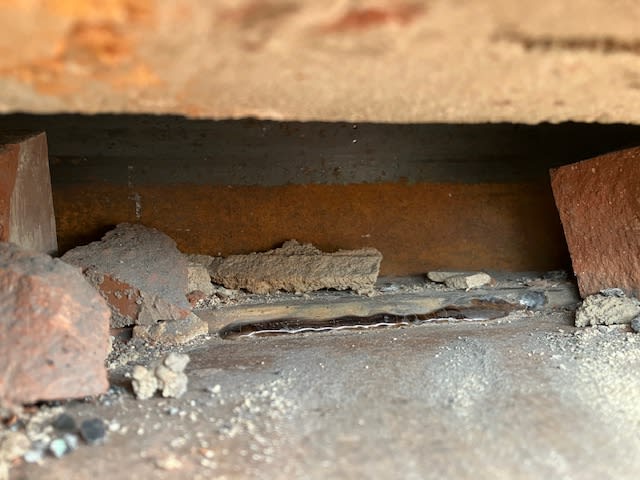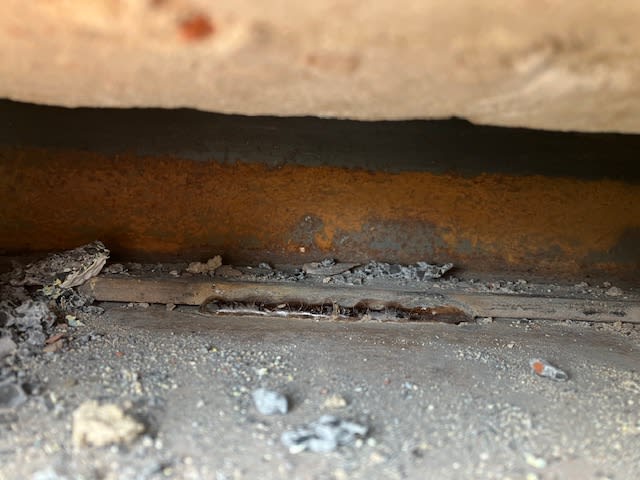I was asked by a building inspector to review the field welds on a lintel for a project I engineered. He was only interested in a visual on size, length and location. I am not a weld inspector by any means. Most of them looked fine. These were suspect to me. They are supposed to be 3/16x1" They are longer than an inch but appear to be 1/8" at best and maybe not much penetration. What are your generally thoughts on this weld quality?


For reference, that is the bottom flange of a W8x13 and the lintel plate is 3/8" thick


For reference, that is the bottom flange of a W8x13 and the lintel plate is 3/8" thick
